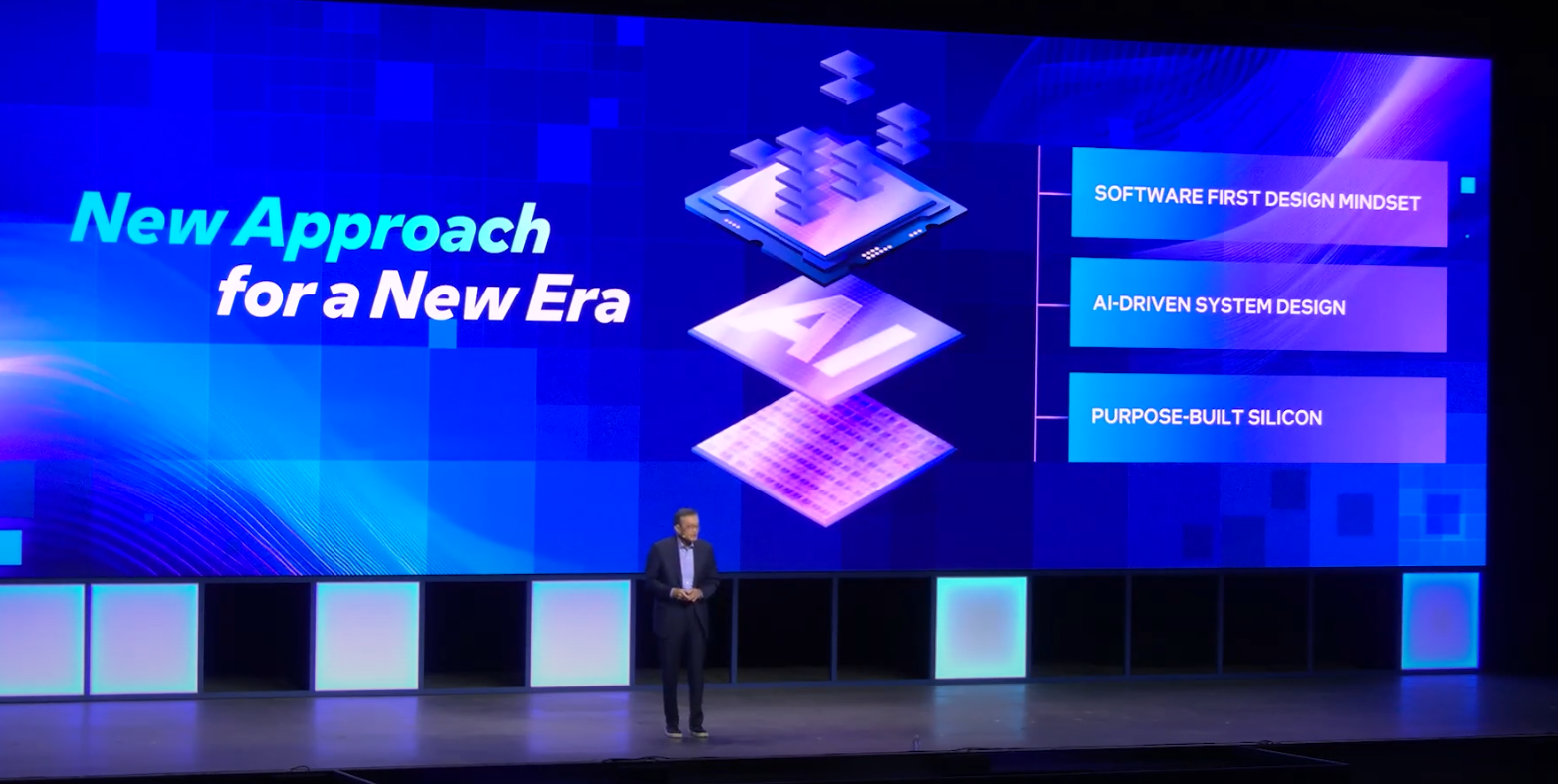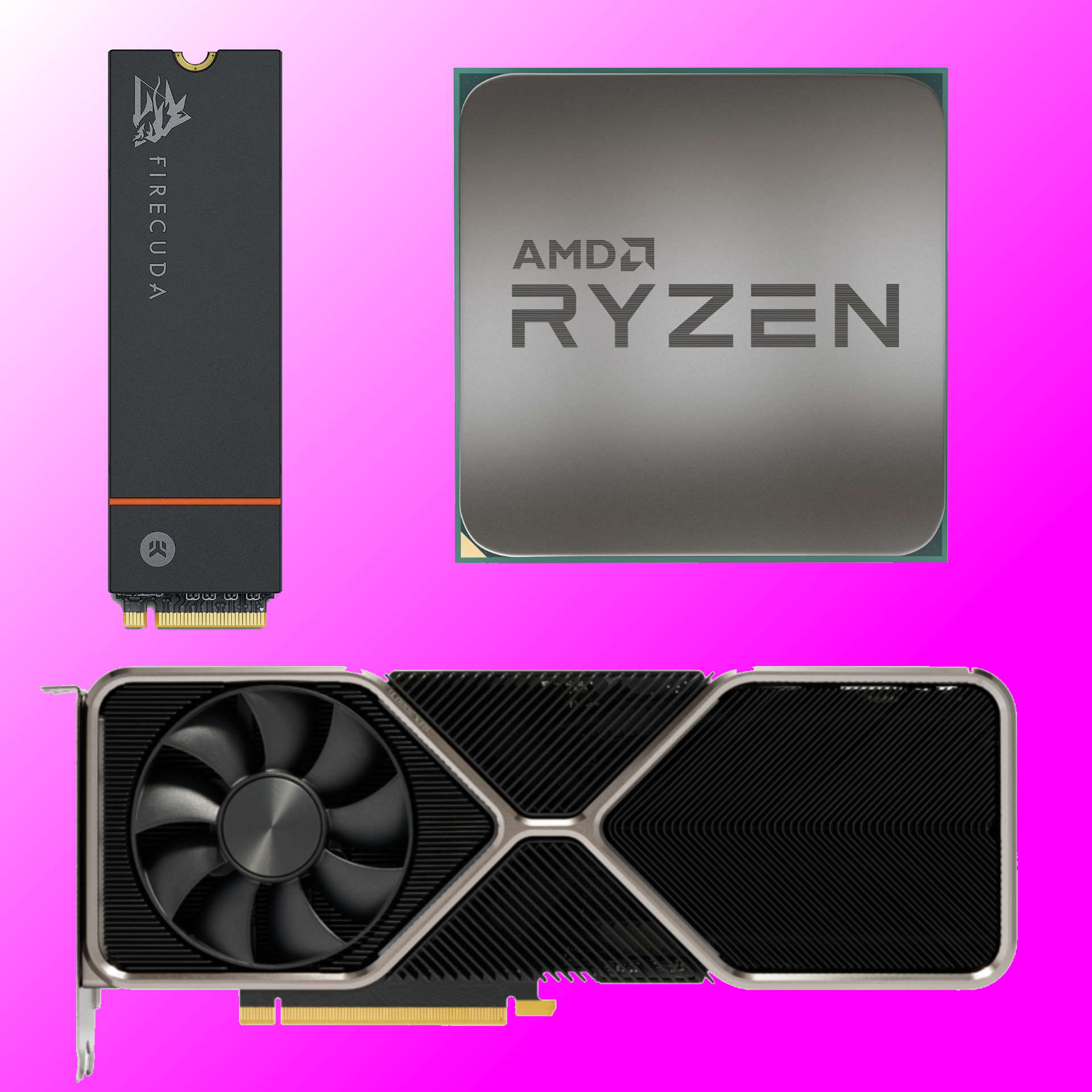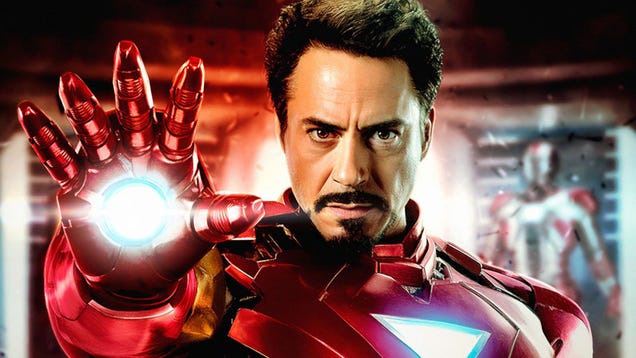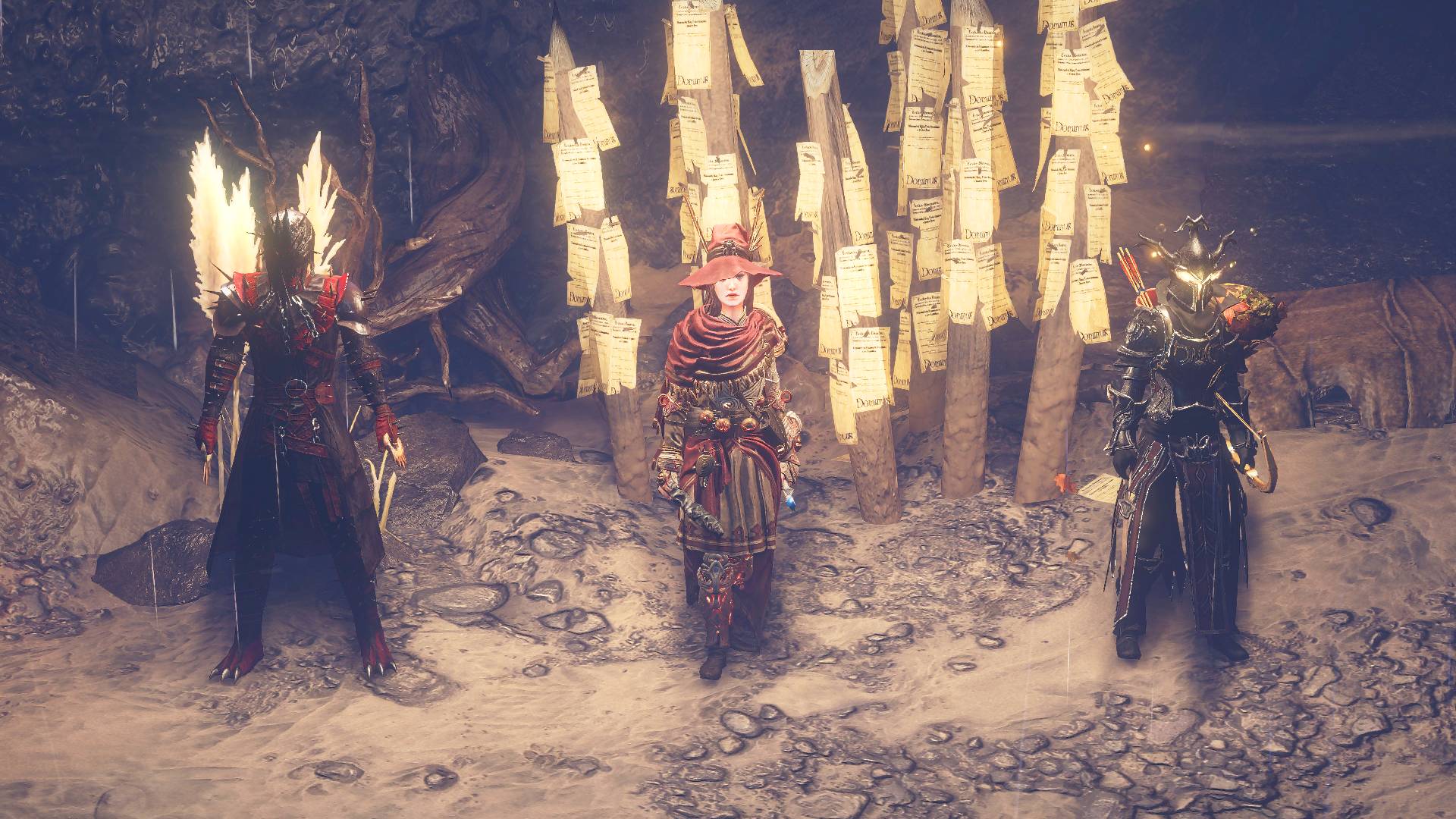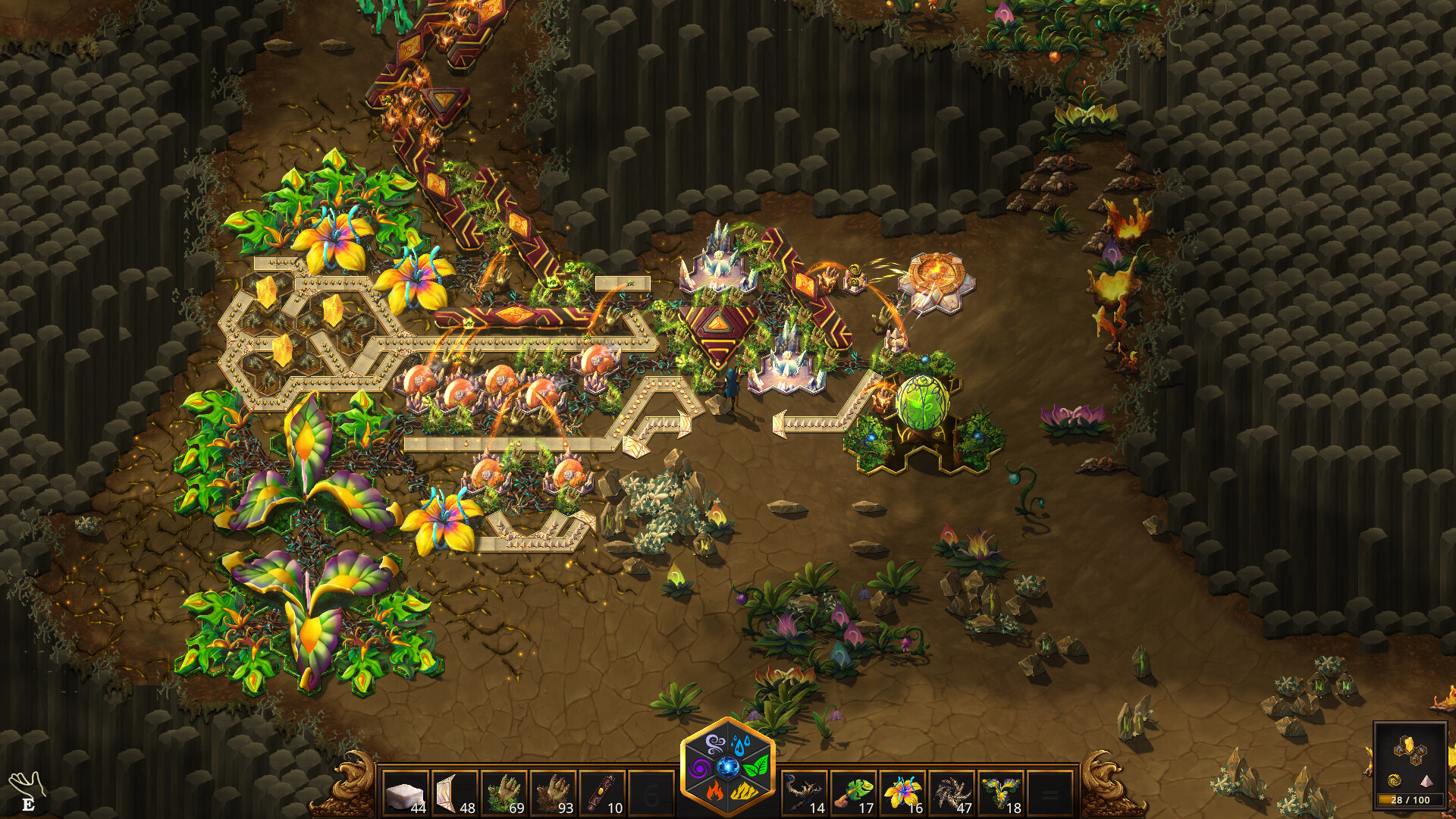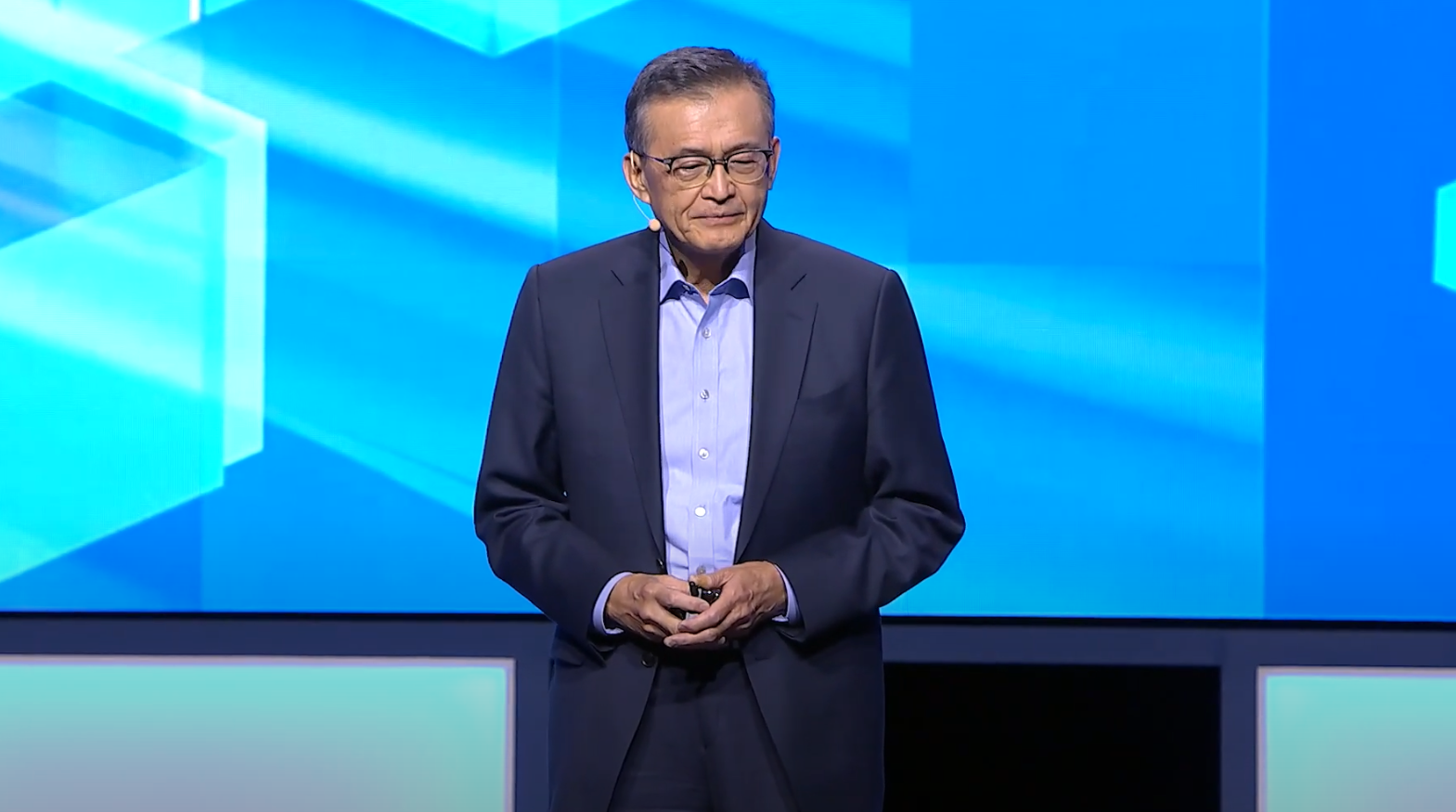
Show me the innovation!
Intel’s new CEO, Lip-Bu Tan, leant heavily into the company’s failures in his debut keynote performance at the Intel Vision 2025 event, yesterday. He also promised that the future would be brighter thanks to a new more responsive, ‘engineering first’ approach. The catch? It’s hard to see how Tan’s vision is terribly different from that of Intel’s ousted CEO Pat Gelsinger.
The opening of Tan’s keynote was humble, to say the least. He spoke of Intel “falling short of expectations,” having “a lot of hard work ahead,” and needing to “correct past mistakes.” He also conceded that the company had “lost quite a bit of talent” in recent years and that it had been “very hard to watch Intel struggle.”
His solution? In simple terms, Intel must return to its roots as “an engineering first company.” That sounds like an excellent idea. But it’s also very much the same idea that was behind the installation of his predecessor, Pat Gelsinger.
When Gelsinger was installed at the helm, there was a near universal sigh of relief. Finally, the narrative went, an engineer was back in control of Intel instead of a marketing bod.
Of course, Gelsinger was elbowed out retired from, Intel last year. So what’s different this time around? That’s hard to say. Tan didn’t go into any specifics, either with new Intel products or customers for its customer foundry or fab business.
Put it this way, if you were expecting Tan to announce a killer new chip or a vital customer, you’d have been disappointed. He didn’t even go into details over aspirations for future product. He did not, for instance, commit Intel to producing an AI chip to take on Nvidia directly.
So, what did he say?
One interesting insight was that Tan’s view of Intel’s future flips the company’s product development process on its head. “In the past, Intel’s approach has been inside out. We design hardware, then you figure out developing the software to make it work,” he said.
But no longer. In future, Intel will start with the problems that customers have, then build products to solve them. “The world has changed, you have to flip that around,” Tan said.
More broadly, it looks like Tan wants Intel to be far more customer centric. “We will reinvent how we engage with the customer and it begins today,” he said.
He did reaffirm Intel’s commitment to pushing out its next-gen Panther Lake laptop CPU on the all-important new 18A process later this year. But there was no product news as such. The same applies to Intel’s foundry business. Tan did not announce a big new customer for Intel’s fabs, but he did hint that the identity of key partners was now nailed down.
“You need two or three very important customers,” he said, explaining that, “they’re going to help us to drive the performance and yield, and I know these few customers very well.” Will Nvidia or AMD figure among them? Maybe even Apple? Arguably, it’ll be Tan’s ability to secure foundry customers that will define his success—and that of Intel.
Tan also emphasised that Intel needed to reclaim some of its lost talent. “We lost quite a bit of talent. That’s my top priority, to recruit some of the best talent in the industry to rejoin or join Intel,” he said.
All of which means the wait for something really exciting from Intel goes on. If it was me, the one question I’d want answered is, “where’s the innovation?” I can point to AMD, Nvidia, Apple, whoever, and say, “looks there’s some innovation.”
With Nvidia, maybe it’s DLSS and the use of ML, or the company’s huge and complex GPUs, which have no direct competition. With AMD, it was first with chiplets and 3D cache and the more recently released Strix Halo APU with a 256-bit memory bus, chiplets and a huge (by APU standards) iGPU.
Apple, meanwhile, will do you a small PC in a box that offers 512 GB of unified memory for running AI models locally. And so on. But what’s the really obviously innovative Intel product of late?
Anywho, Lip-Bu Tan and Intel together have plenty to prove and much to do. But then that applied to Pat Gelsinger and it’s not clear he was given enough time to really see his plan through. The man himself says, “It will take some time, I am very patient.” How long investors and the Intel board will be willing wait is another matter entirely.
Best CPU for gaming: Top chips from Intel and AMD.
Best gaming motherboard: The right boards.
Best graphics card: Your perfect pixel-pusher awaits.
Best SSD for gaming: Get into the game first.
